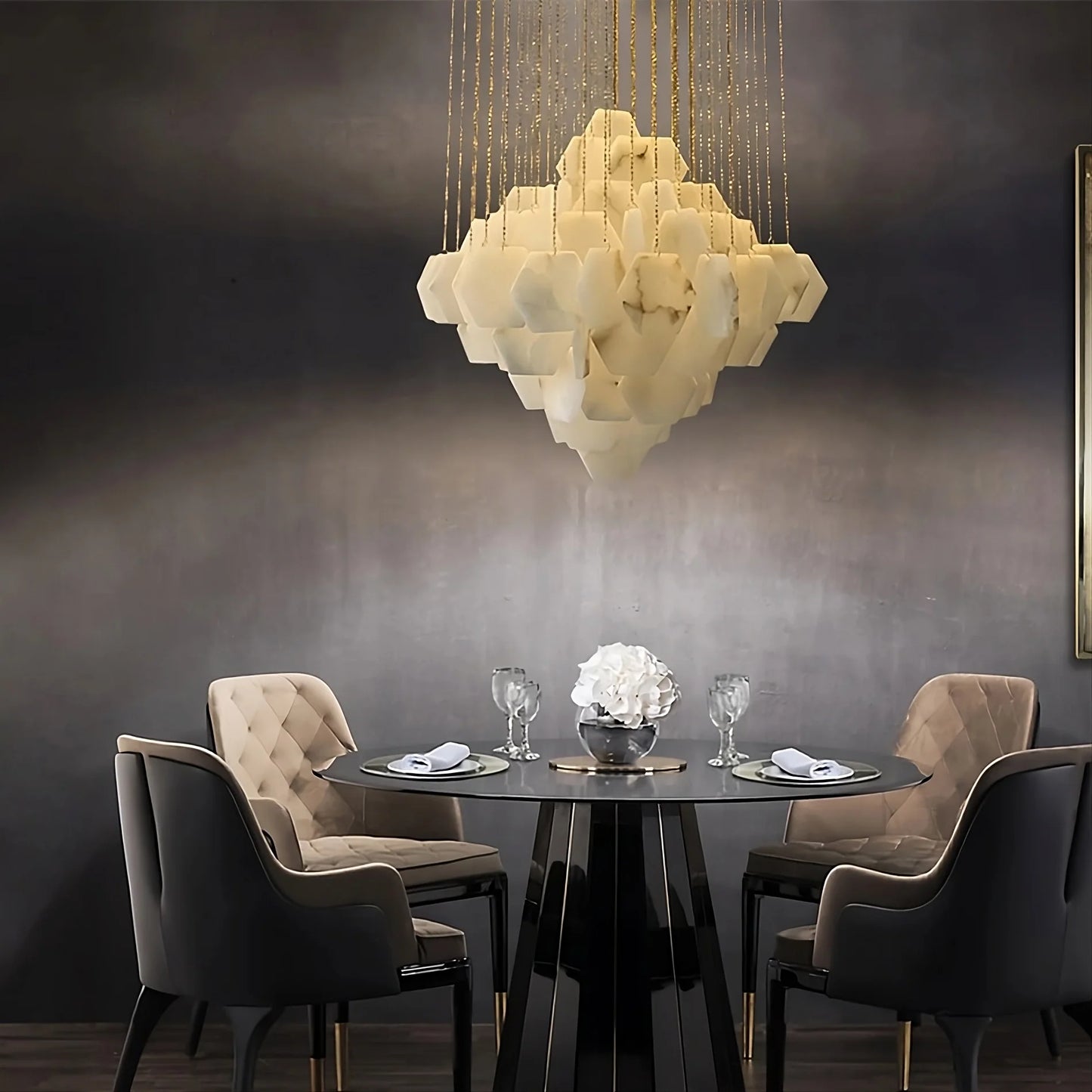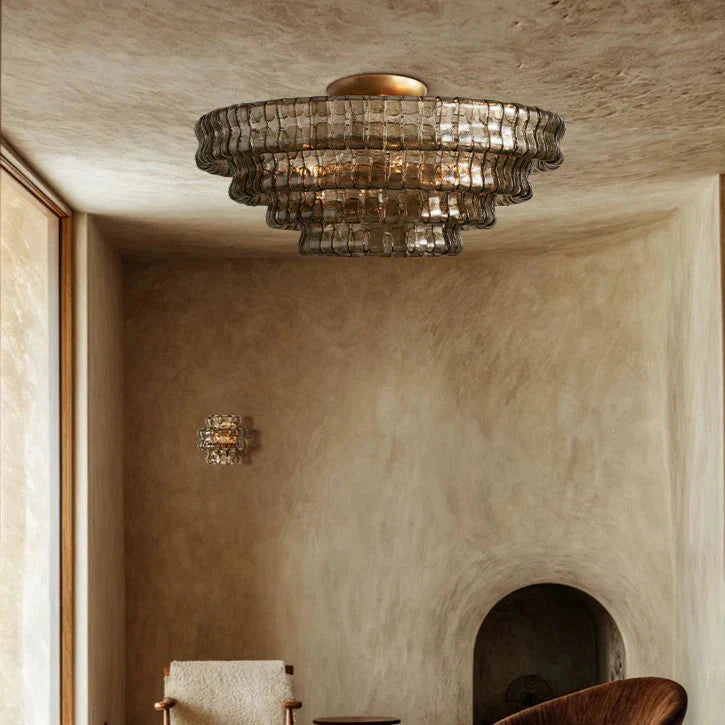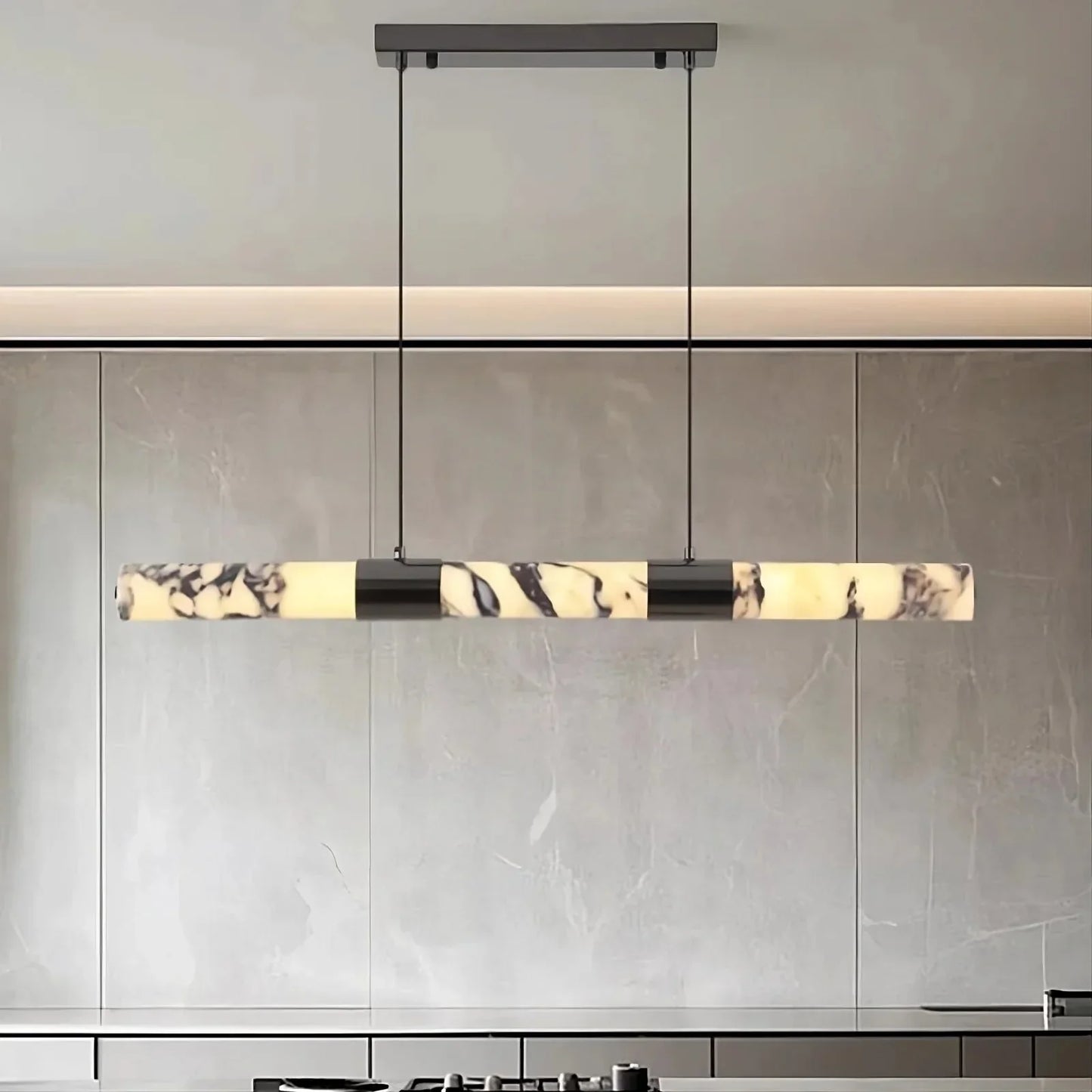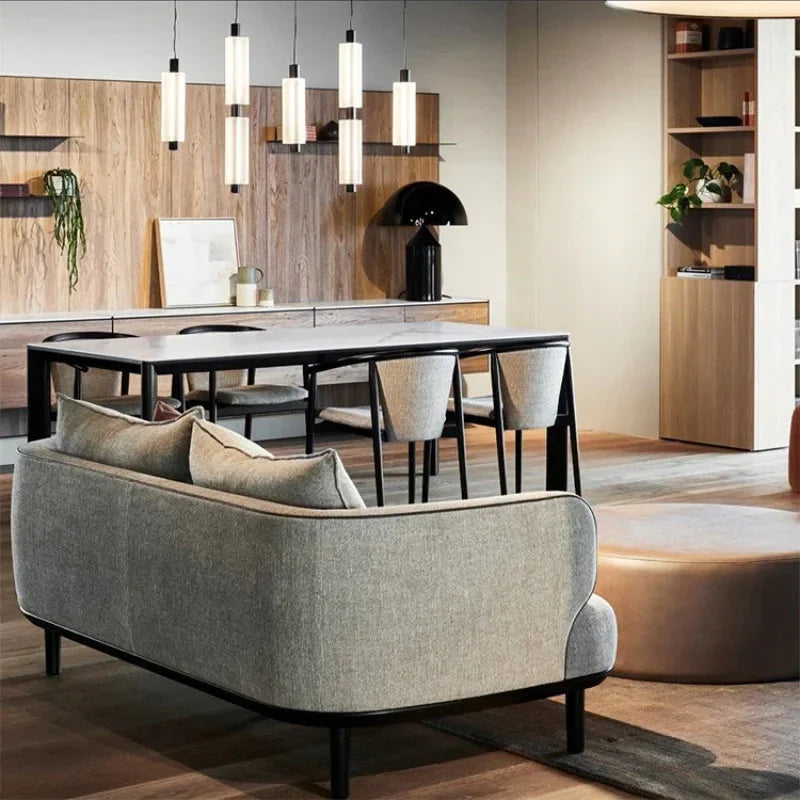
Understanding the Importance of Pendant Lighting
Pendant lighting serves both functional and aesthetic purposes in a kitchen. It provides directed illumination, making tasks like chopping and cooking easier. The design element can also enhance the room’s décor.
- Task Lighting: Pendant lights focus light on specific areas, aiding in safe and efficient food preparation.
- Ambiance: They create a warm, inviting atmosphere, perfect for gatherings.
- Customization: Various styles, shapes, and materials mean homeowners can match their kitchen’s design theme.
- Energy Efficiency: Modern pendant lights often use LED bulbs, reducing energy costs.
Overall, pendant lighting is integral to a well-lit and stylish kitchen.
Assessing Your Kitchen Island Size and Layout
When installing kitchen ceiling lights, it is essential to assess the size and layout of your kitchen island. Follow these steps:
- Measure Island Dimensions: Use a tape measure to determine the length, width, and height of the island.
-
Determine Lighting Needs:
- Assess the number of light fixtures needed based on the island’s size.
- Consider wattage and brightness according to the kitchen’s functionality.
-
Check Electrical Sources:
- Locate existing wiring and outlets.
- Plan additional wiring if necessary.
-
Space Fixtures Evenly:
- Position lights to ensure even illumination.
- Maintain consistency in spacing for a balanced look.
Determining the Right Height for Pendant Lights
When determining the appropriate height for pendant lights in a kitchen, consider these key elements:
-
Ceiling Height:
- Standard ceilings usually range from 8 to 9 feet.
- For ceilings taller than 9 feet, additional chain or rod length may be needed.
-
Surface Clearance:
- Over kitchen islands, lights should hang 30 to 36 inches above the countertop.
- For dining areas, place pendant lights approximately 28 to 34 inches above the table top.
-
User Comfort:
- Ensure the lights do not obstruct views or interfere with headspace.
- Consider adjustable-height fixtures for flexibility.
Proper measurement and planning can optimize both functionality and aesthetics of pendant lighting.
Choosing the Right Style and Design
Selecting the ideal kitchen ceiling lights involves multiple considerations.
- Functionality: The primary use of the kitchen dictates the light type. Task lighting for cooking areas, ambient lighting for general space illumination, and accent lighting for architectural features.
- Aesthetics: The style should align with the kitchen decor. Modern, rustic, or traditional designs add to the room’s coherence.
- Color Temperature: Neutral or cool white lights enhance visibility, essential for task-oriented spaces.
- Fixture Types: Chandeliers, pendant lights, and recessed lights offer varied lighting distributions.
- Energy Efficiency: LED options provide longevity and cost savings over time. Ensure energy-efficient ratings for reduced utility bills.
Material and Finish Options
When selecting kitchen ceiling lights, consider various materials and finishes.
Common Material Choices
- Metal: Durable and modern; includes aluminum, brass, and stainless steel.
- Glass: Offers a glossy, elegant look; available in clear, frosted, or colored styles.
- Plastic: Lightweight and budget-friendly; ideal for various design aesthetics.
Popular Finishes
- Polished Chrome: Reflective and contemporary, suits modern kitchens.
- Matte Black: Trendy and versatile, complements many color schemes.
- Brushed Nickel: Subtle and sophisticated, fitting both traditional and modern designs.
- Antique Bronze: Adds a vintage or rustic touch, ideal for classic kitchens.
Selecting the Appropriate Bulb Type
Choosing the right bulb is crucial for both functionality and ambiance. Consider these factors:
- Brightness: Lumens measure brightness, not watts. Higher lumens mean brighter light.
- Color Temperature: Measured in Kelvin (K), it ranges from warm (2700K) to daylight (5000K).
- Energy Efficiency: LEDs use less energy and last longer than incandescent or halogen bulbs.
- Bulb Shape and Size: Ensure compatibility with the fixture.
- Dimming Capability: Check if the bulb can be dimmed if using dimmer switches.
- Color Rendering Index (CRI): Higher CRI provides better color accuracy, ideal for kitchens.
Considering Energy Efficiency
When selecting kitchen ceiling lights, it is essential to consider energy efficiency to reduce electricity costs and environmental impact.
-
LED Lights:
- Choose LED bulbs as they consume less energy.
- LEDs have a longer lifespan compared to traditional incandescent bulbs.
-
Dimmable Fixtures:
- Opt for dimmable fixtures to control the brightness.
- Dimming can save energy and increase the bulb’s lifespan.
-
Energy Star Rating:
- Look for fixtures with an Energy Star rating.
- Fixtures with this rating meet stringent energy efficiency guidelines.
-
Smart Lighting Options:
- Consider smart bulbs which can be controlled via apps.
- Some smart bulbs adapt to natural light levels, enhancing efficiency.
-
Natural Light Integration:
- Leverage natural light whenever possible.
- Use skylights or larger windows to reduce dependency on artificial lighting.
Balancing Functionality and Aesthetics
Selecting the proper kitchen ceiling lights can enhance both functionality and aesthetics. Efficient task lighting ensures safety and ease of cooking.
- Task Lighting: Install bright, focused lights over work areas such as countertops, sinks, and stoves. LED under-cabinet lights work well.
- Ambient Lighting: Consider recessed ceiling lights for uniform illumination. Opt for fixtures with dimmable options to adjust the mood.
- Accent Lighting: Use pendant lights or chandeliers for stylish statements. Ensure they complement the kitchen decor.
- Material Selection: Choose materials like brushed nickel or matte black for modern looks, or bronze for a vintage touch.
Installation Tips and Best Practices
- Turn off Power: Ensure the power is turned off at the circuit breaker to prevent electrical shock during installation.
- Read Manufacturer Instructions: Thoroughly read the manufacturer's instructions specific to the ceiling light fixture.
- Use Proper Tools: Equip yourself with the necessary tools such as a voltage tester, screwdriver, wire stripper, and ladder.
- Verify Support: Confirm that the electrical box can support the weight of the new fixture.
- Secure Wiring: Connect wires securely, matching wire colors (black to black, white to white, ground to ground).
- Check Alignment: Make sure the light fixture is aligned correctly and secured tightly to the ceiling.
- Test Fixture: After installation, turn the power back on and test the light fixture to ensure it operates correctly.
Maintaining and Cleaning Your Pendant Lights
Regular maintenance ensures pendant lights continue to function optimally and look their best. Follow these steps for effective upkeep:
- Turn off power: Ensure the power to the lights is off for safety.
- Dust regularly: Use a microfiber cloth to remove dust from the exterior.
- Clean glass shades: Detach shades and wash with warm, soapy water. Dry thoroughly.
- Check bulbs: Inspect bulbs for burnouts and replace promptly.
- Inspect wiring: Periodically check for frayed wires or loose connections.
Adhering to these guidelines maintains the aesthetic and functionality of the pendant lights, ensuring longevity and performance.
Trends and Popular Designs in Kitchen Pendant Lighting
Kitchen pendant lighting has seen various trends and designs that continue to evolve.
- Industrial Style: Exposed bulbs, metal finishes, and vintage designs define this look.
- Farmhouse Aesthetic: Wood accents, rustic finishes, and warm tones create a cozy ambiance.
- Minimalist Design: Sleek lines, monochromatic colors, and simple shapes embody this trend.
- Geometric Shapes: Hexagons, triangles, and other shapes add an artistic touch.
- Natural Materials: Incorporating materials like bamboo, rattan, and linen for an eco-friendly vibe.
- Colorful Hues: Bold colors and eclectic patterns provide a lively, modern touch.
Pendant lighting, when chosen thoughtfully, can significantly enhance a kitchen’s overall design and functionality.
Cost Considerations and Budgeting
Understanding cost considerations and proper budgeting is crucial for installing kitchen ceiling lights.
Key Factors Influencing Cost
- Type of Lighting: Different lights vary in price; LED usually costs more than traditional bulbs.
- Number of Fixtures: More lights mean higher costs for purchase and installation.
- Installation: Professional installation adds labor costs; DIY might save money but requires skill.
- Electrical Work: May need to update circuits or wiring, influencing total expense.
- Permits and Inspections: Required in some areas, adding extra fees.
Budgeting Tips
- Research Costs: Compare prices online or at local stores.
- Plan for Contingencies: Set aside an extra 10-15% for unexpected expenses.
Conclusion and Final Tips
To ensure a successful installation, it is crucial to:
- Double-check measurements: Measure twice to avoid mismatches.
- Turn off power: Always cut off electricity at the fuse box before working.
- Use proper tools: Gather necessary tools such as screwdrivers, wire strippers, and voltage testers.
- Follow manufacturer's instructions: Adhere to any guidelines provided with your lighting fixture.
- Seek assistance if needed: Don’t hesitate to consult a professional electrician if unsure.
- Conduct a safety check: Verify all connections are secure and functioning correctly after installation.




